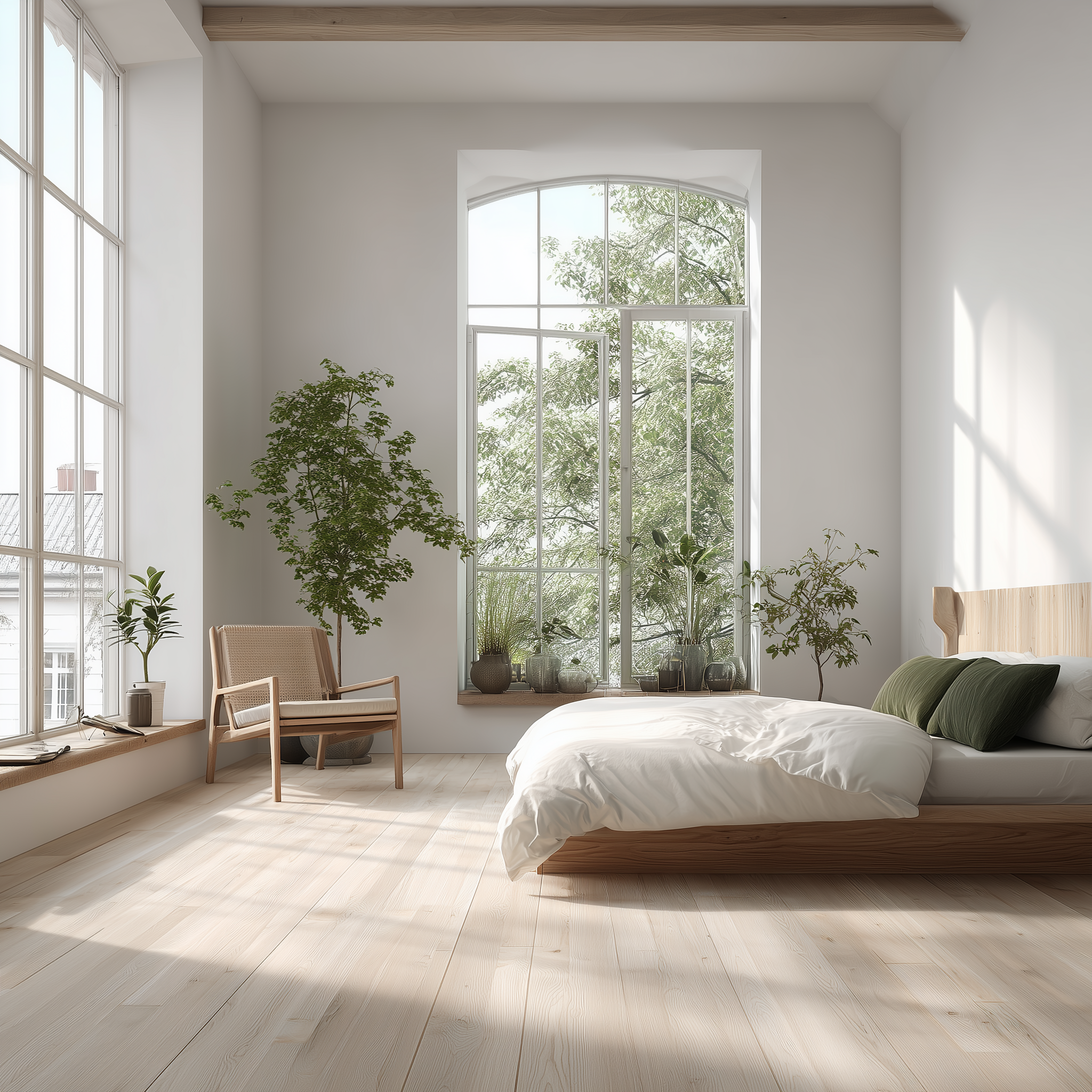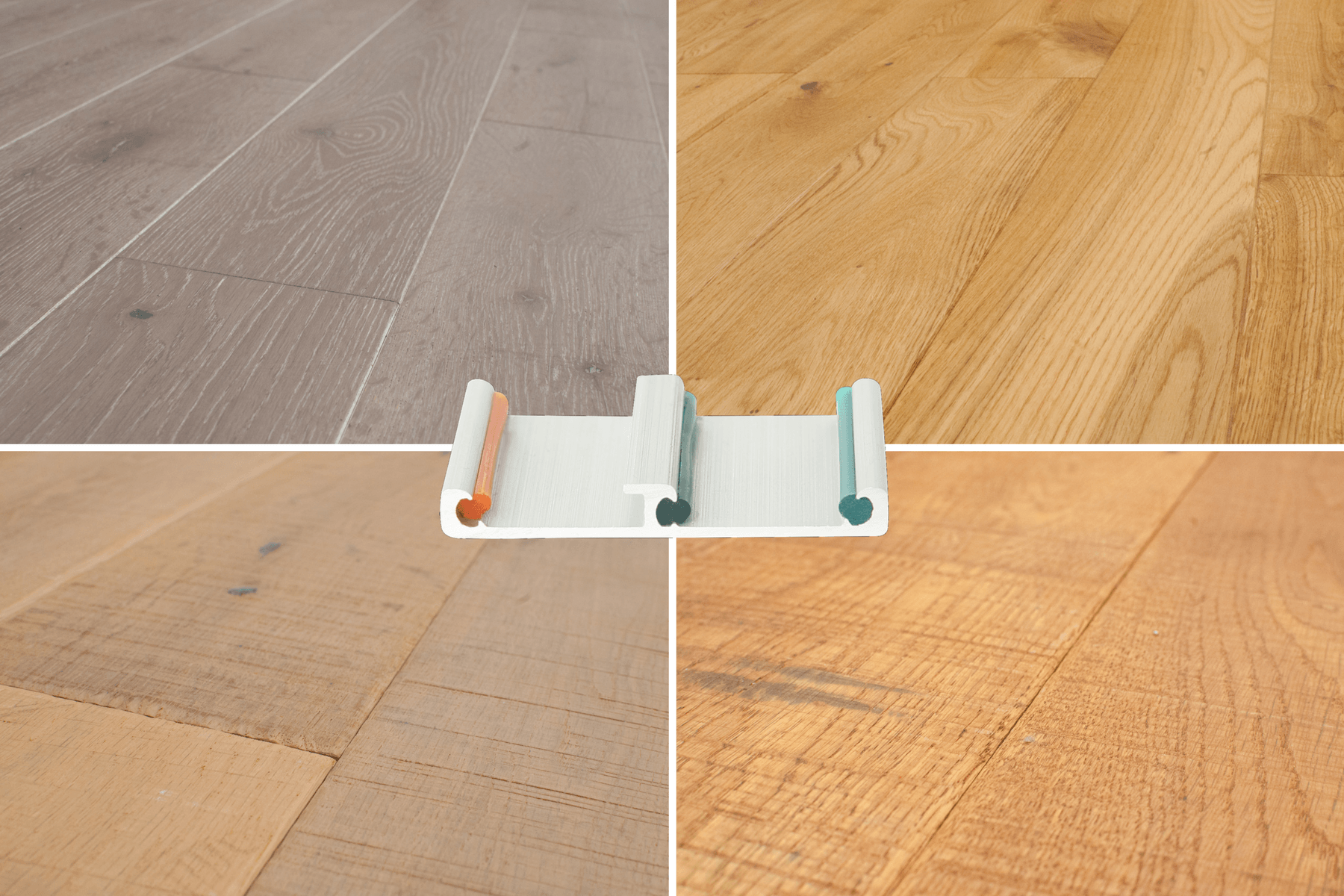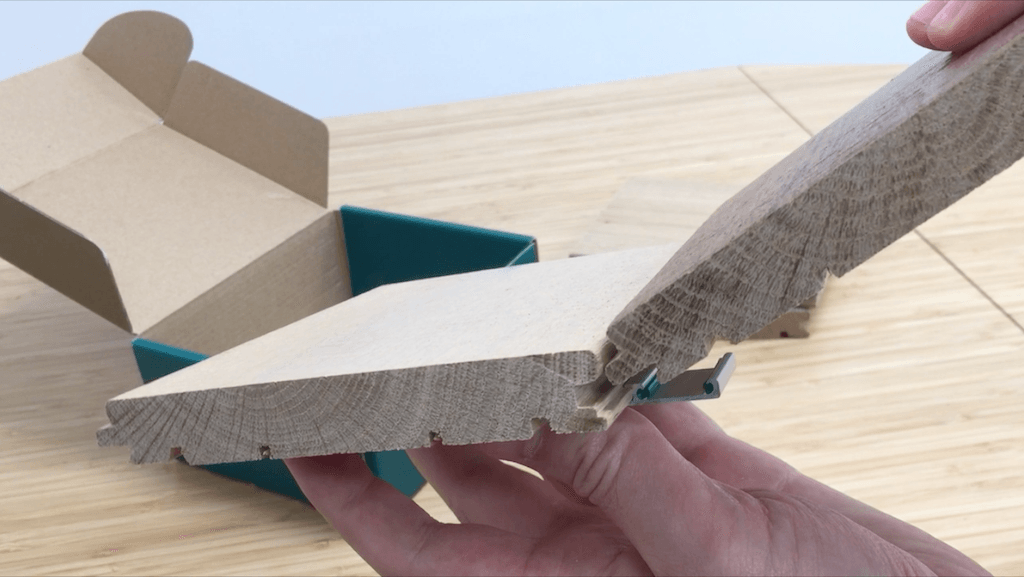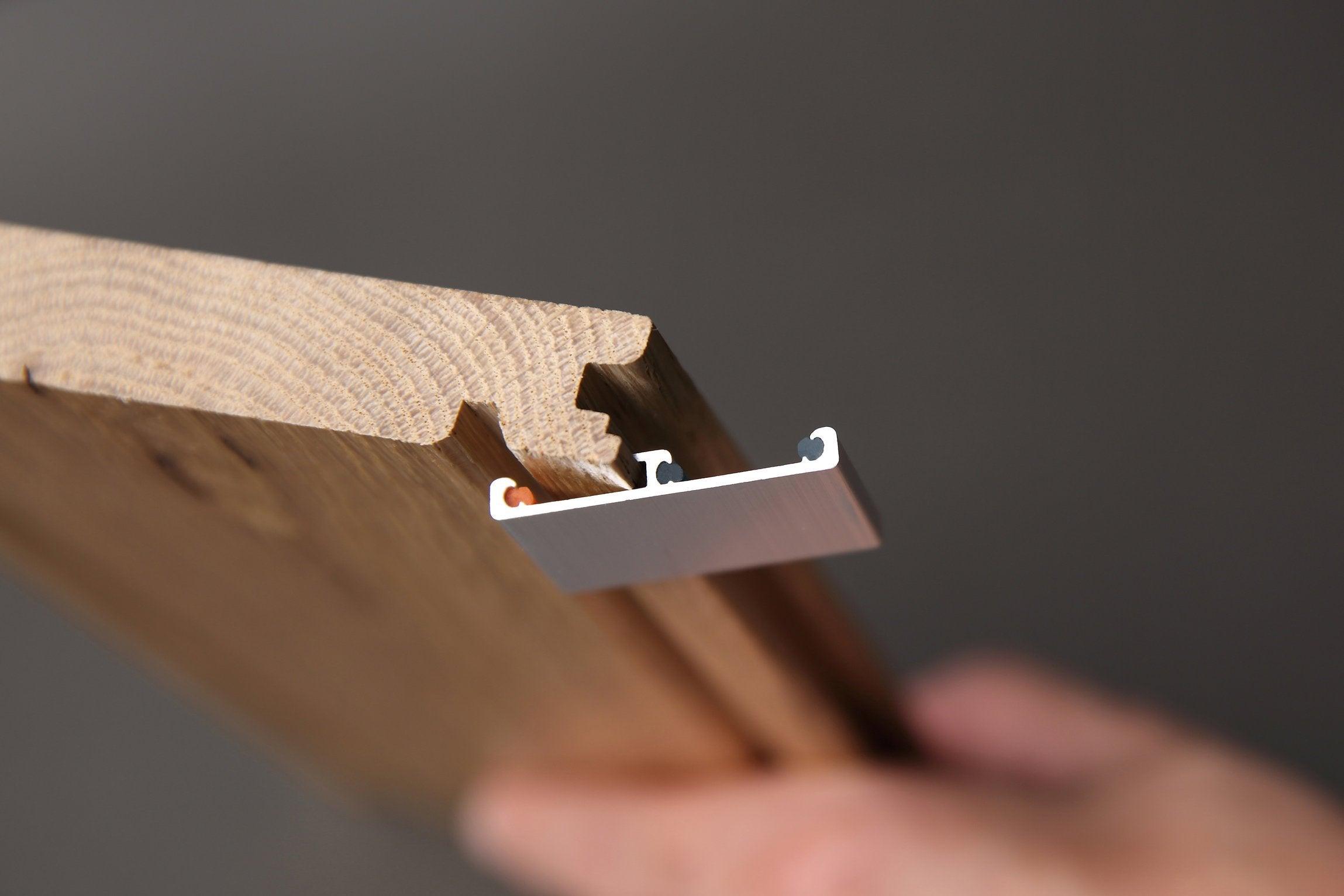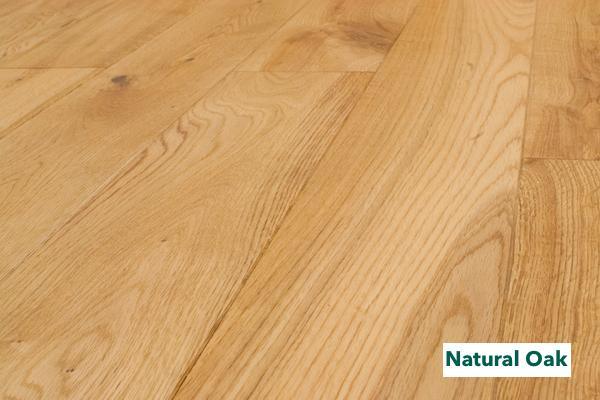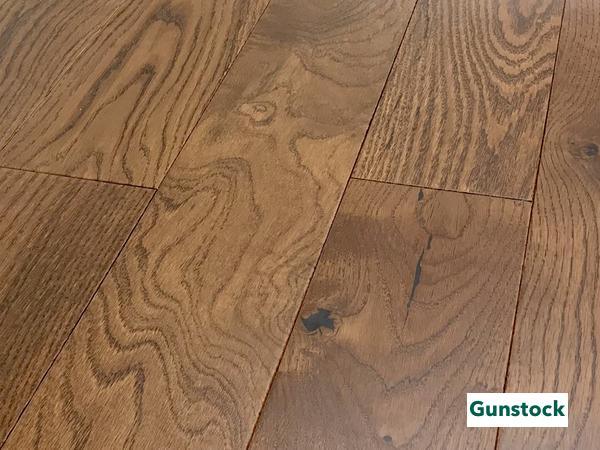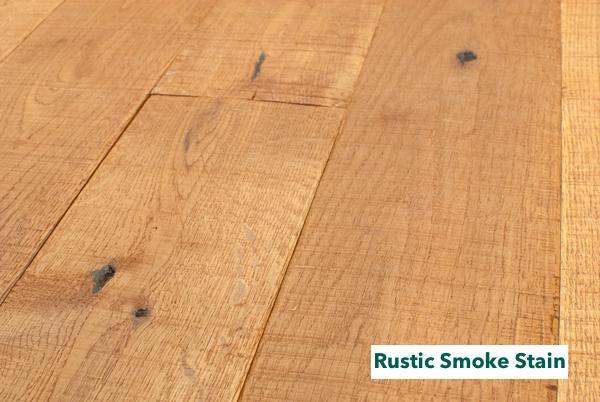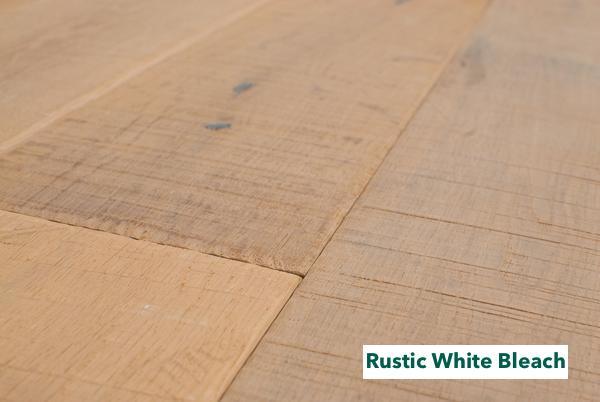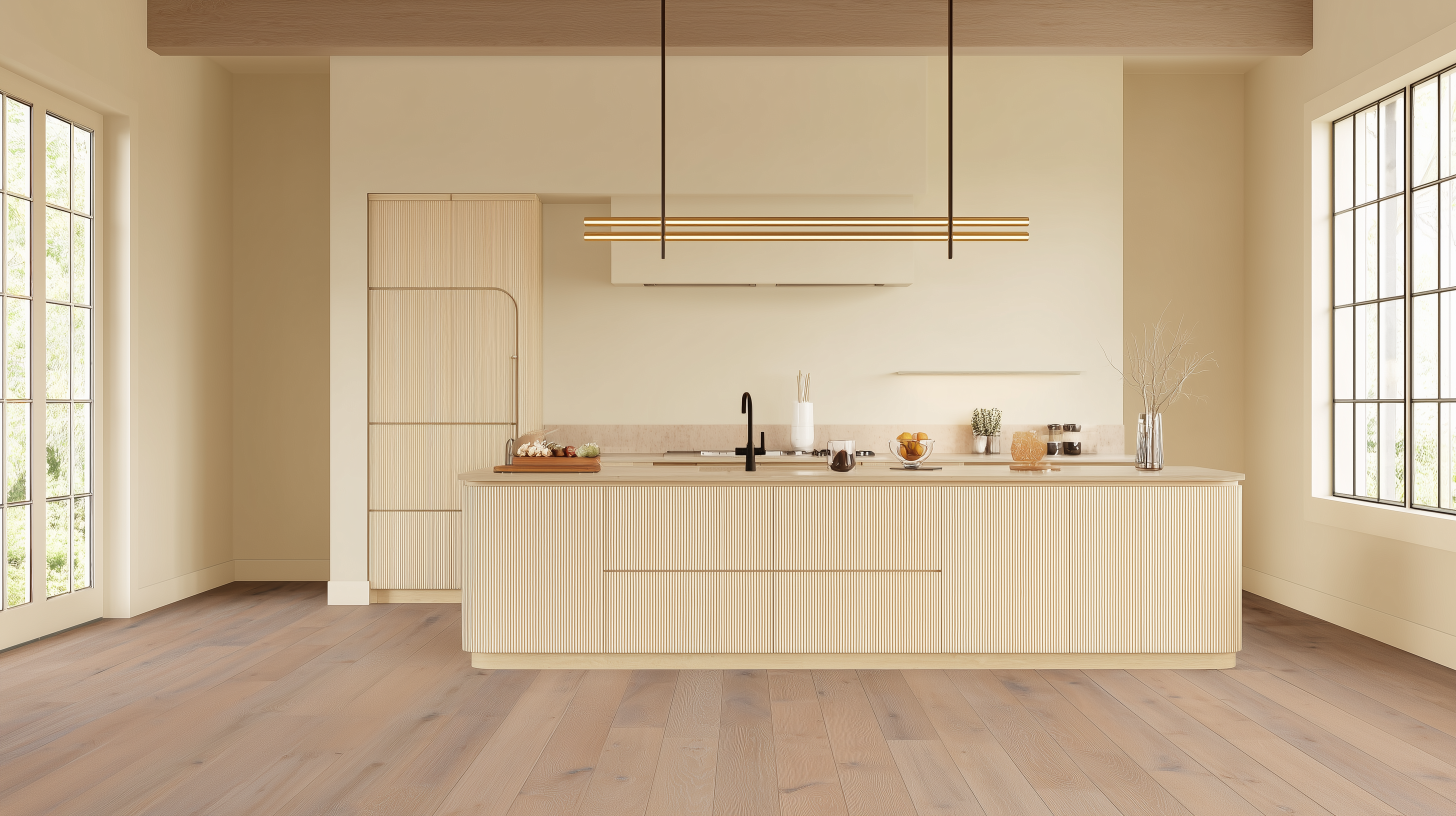French fashion designer Coco Chanel once said, “An interior is the natural projection of the soul.” For those who crave clean lines, natural materials, and an uncluttered calm, Japandi is that projection brought to life.
A hybrid of Japanese and Scandinavian sensibilities, this design language combines the quiet restraint of Japanese minimalism with the cozy warmth of Nordic simplicity. The result is a style that feels fresh, light, and deeply grounding.
What Is Japandi Interior Style?
Interior designers borrowed inspiration from elegant Japanese minimalism and rustic Scandinavian designs. Designers call this Japanese and Scandinavian love-child, Japandi. It's an uncluttered look that favors natural wood and earth tones for a relaxing feel. Colors tend to be pale from floors to ceilings, creating rooms that are bright and filled with natural light.
Both styles are minimal, but they each bring a unique accent décor to the room. Where Scandinavian interiors tend to be too neutral, Japanese design adds a warmer color palette. One difference is the furniture. Japanese furniture may be only a short table, pillows, and tatami mats, while Scandinavian accommodates Westerners with full-sized tables and chairs.

This style favors lots of light, straight lines, and living green plants for accents.
Why Japandi Is Trending
"Moving to a smaller home felt cozy, like having a pair of jeans that fit me just right—no wasted living space and no baggy fabric." ― Lisa J. Shultz, Lighter Living: Declutter. Organize. Simplify.
Overstuffed furniture, dark walls, and heavy accent pieces give way to the lighter, more sophisticated look. There are only a set number of square feet in a room. Filling it with typical large couches and other pieces makes the living space smaller and more crowded.
Walk into a Japandi designed space, and here is what you'll notice. It's uncluttered and model-home clean. The area has a sense of openness and a feeling that you have room to breathe. The design preference is light natural wood floors such as naturally finished white oak. Area rugs will complement the wall colors, usually a light earth-tone like cream or lamb's wool.
The walls tend to be white or another pale color that reflects the light from large windows. The ceiling may also be wood in a natural color.
Japandi furniture will be of high-quality craftsmanship, including accent tables and lamps. They will have a low profile and are made with light-colored wood. The upholstery will match the light colors in grey or beige.
It is a décor trend because people like the way it opens up smaller rooms. Japandi creates an oasis of calmness in any home.

Another style quite similar to Japandi favors the clean, straight lines in architecture and furniture. It's called organic modern style.
Organic Modern: A Close Relative
Finnish designer Hugo Alvar Henrik Aalto receives the credit for this style. He and his wife Aino Aalto would design a building and the furnishings together as one component. Many designers consider Hugo's furniture to be a model of modern Scandinavian design.
Stephanie Thornton Plymale, president of the Heritage School of Interior Design, says, "While organic modern style is a nod to Scandinavian minimalism, it also borrows from mid-century modern and bohemian design. It creates functional spaces that are warm, natural, and effortlessly sophisticated."
Organic modern also uses a subdued color palette in white, gray, or beige shades. The furniture has clean lines, no bulky stuff. Rugs will be natural materials such as sheepskin, cowhide, wool, or sisal.
Both organic modern and Japandi floors will be natural oak or reclaimed wood in a natural shade.
It's hard to tell the difference between Japandi and organic modern. Organic strictly adheres to airy and light color combinations. It uses primarily western-style furniture, whereas Japandi is a blend of Scandinavian and Japanese design. Both use a lot of whites, creams, beiges, pale grays, and wood.
The Scandi Look
The Scandinavian or "Scandi" look was popular in the 1950s. It originated in the five Nordic countries of Denmark, Finland, Norway, Sweden, and Iceland.
The neutral color palette in modern Scandinavian homes will be primarily grays and whites with black accents. Scandinavian interior designs use natural materials like leather, sheepskin along with knits and crochets. It's also about comfort. The sleek, minimal design of Scandinavian furniture pieces is as comfortable as it is beautiful.
Now that you have an idea about each of these designs, are you ready to go with Japandi? Let's set up your home.
Designing Japandi at Home
Here are a few design ideas from the Japandi playbook that will guide you to a beautiful finish.
1. Choose a Neutral Color Base
Neutral colors in off-white, grayish or beige tones provide a sense of calm. The neutral base offers a blank canvas to highlight accent pieces or colors.
One technique is to layer different shades of color to add depth, contrast, and interest. The neutral palette will bring out the warmth of wood floors, chairs, ceilings, and moldings.
2. Use Natural Wood Tones or Materials
Both Scandi and Japanese styles rely on wood's unique colors and textures to liven up the room. When selecting tables, chairs, and accent pieces, look to lighter woods. Traditional Scandinavian woods are ash, beech, and pine. Japanese wood furniture primarily comes from the light, fine-grained wood of Japanese cypress or cedar trees.
You can also use dark woods to balance the light colors abundant elsewhere in the room. Mix up the light tones with dark wood accents, such as Japanese accent pieces with shiny, black lacquered finishes.
3. Japandi Floors
Light wood floors are part of this style. They reflect the natural light and help darker accent pieces stand out. However, you can choose a darker wood floor. Adding light-colored rugs, drapes, upholstery, and furniture will give a good contrast.
 Most Japandi styles that we have seen incorporate white oak floors due to their durability, color, and textures. We recommend choosing a natural or light stain. Another option is a white or grey-washed wood floor. Herringbone patterned floors work well to add another texture to the room.
Most Japandi styles that we have seen incorporate white oak floors due to their durability, color, and textures. We recommend choosing a natural or light stain. Another option is a white or grey-washed wood floor. Herringbone patterned floors work well to add another texture to the room.
Textured rugs made from natural fibers, cowhide, or sheepskin add to the cozy warmth of Japandi floors.
4. Choose Low-Profile Furniture
One of the signature elements of Japandi furniture design is low profile. That means wing-back chairs or overstuffed leather couches highlighted with hundreds of brass tacks are out of the picture.
Every piece of furniture is classy with a sleek design, smooth wooden legs, or curved shape armrests. Beds should have a smaller frame elevated off the floor. Every piece of furniture should be comfortable, functional and allow light and air to flow freely in the room.
5. Bring the Outdoors Inside
No Japandi space is complete without living plants. Japanese architecture is famous for incorporating Zen gardens to create a relaxing, healing atmosphere outside. Bring some garden plants indoors for a splash of natural color and a breath of fresh oxygen.

House plants add color without adding clutter. Go all out and add some Bonsai trees or get something that's low maintenance from your local nursery.
6. Open, Clutter-Free Spaces
The Japandi style keeps non-essential items to a minimum. However, the space isn't going to be boring. Like a museum, only display the best of your collections and put everything else away.
The design goal is to have a clean open space. Japandi furniture adds to the room's texture, such as a cane chair, a jute rug, and a hand-finished wooden end table. Each piece is functional yet contributes to the overall design.
If you have difficulty reducing the trinkets and knick-knacks, try using natural wood boxes and baskets to hold them. Another way to reduce clutter is to add a well-crafted wooden folding screen. It can add ambiance while hiding all your excess stuff.
Harmonizing Japanese and Scandinavian Philosophies
Scandi design is synonymous with the word "Hygge." It's a Danish and Norwegian word that refers to a mood of coziness, comfortable living, wellness, and contentment.
The Japanese express this feeling as "wabi-sabi." It acknowledges three realities that nothing lasts, nothing is finished, and nothing is perfect.
The fusion of these two philosophies is the essence of Japandi design. To bring this sophisticated and relaxing design to your home, try some of these techniques:
- Use candles, lamps with neutral shades, or fairy lights instead of harsh lighting.
- Add natural textures like sheepskin rugs, fluffy cushions, and knitted throws.
- Incorporate living plants into your design.
- Create intimate places to talk and socialize.
- Declutter each room to make them more open and calming.
- Choose neutral colors like off-whites and greys for each element of your design.
The beauty of the Japandi style is that it works for any sized room.
This Trendy Style Begins with the Floors
Japandi is not simply a design trend—it is a philosophy of living with less, and with greater intention. By combining the Zen restraint of Japanese interiors with the cozy comfort of Scandinavian design, it creates rooms that are both calming and deeply human. Every detail, from pale oak floors to sculptural greenery, works in harmony to create a sense of ease. For anyone looking to reset their home and soul, Japandi is not just style—it is sanctuary.
Bring Japandi to Life
Start with your floors: natural oak is the essence of Japandi interiors. Easiklip offers solid oak floating floors that clip together easily—no glue, nails, or mess—so you can design your home with both simplicity and beauty in mind.
Order your free sample today: https://easiklip.ca/pages/order-samples
Explore pricing here: https://easiklip.ca/pages/pricing
